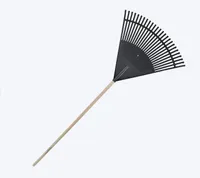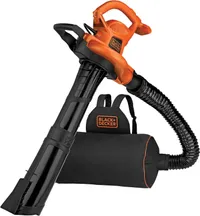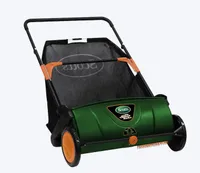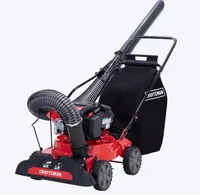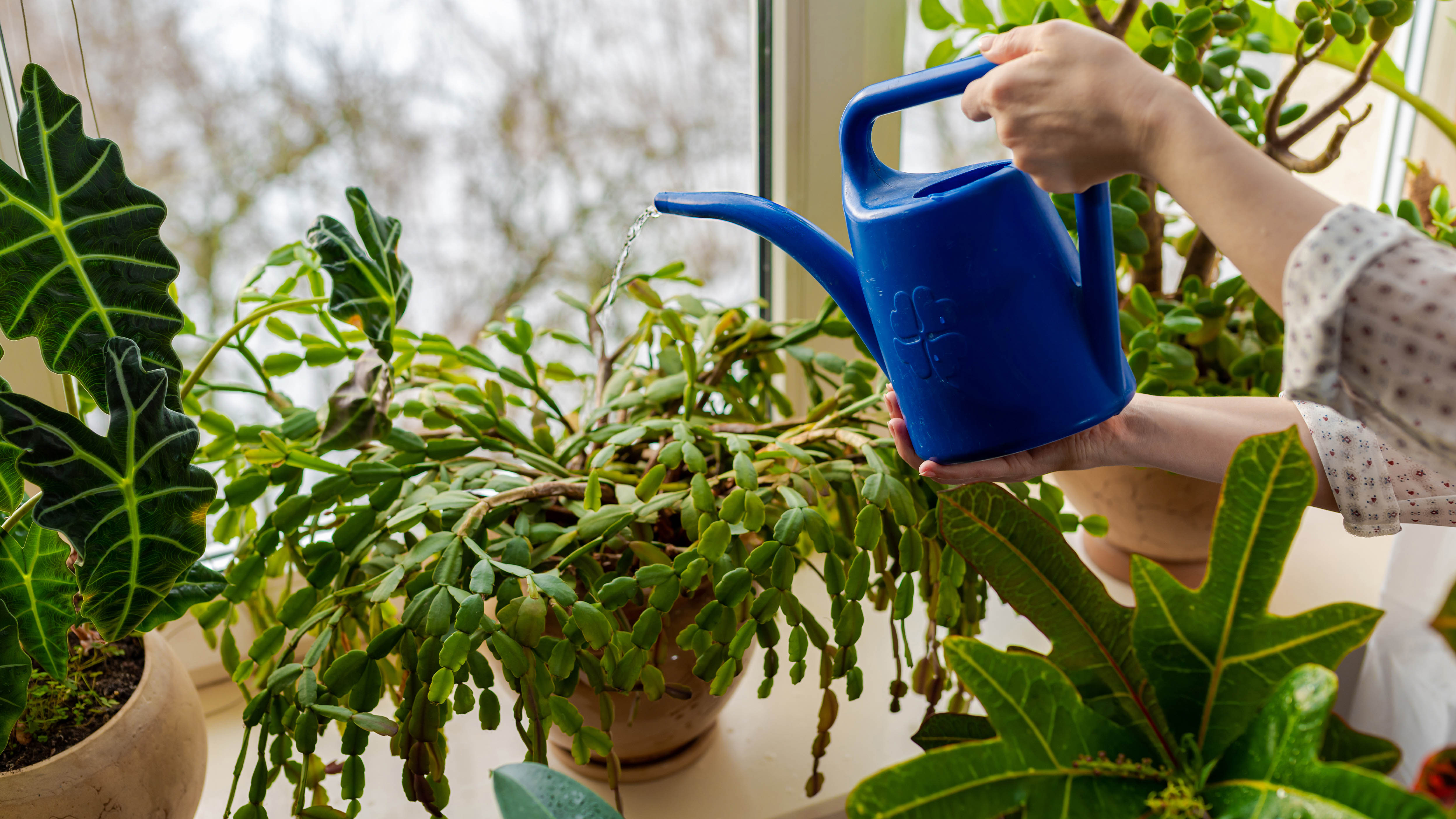I used four different tools to get rid of leaves in my yard, and this is the one I recommend
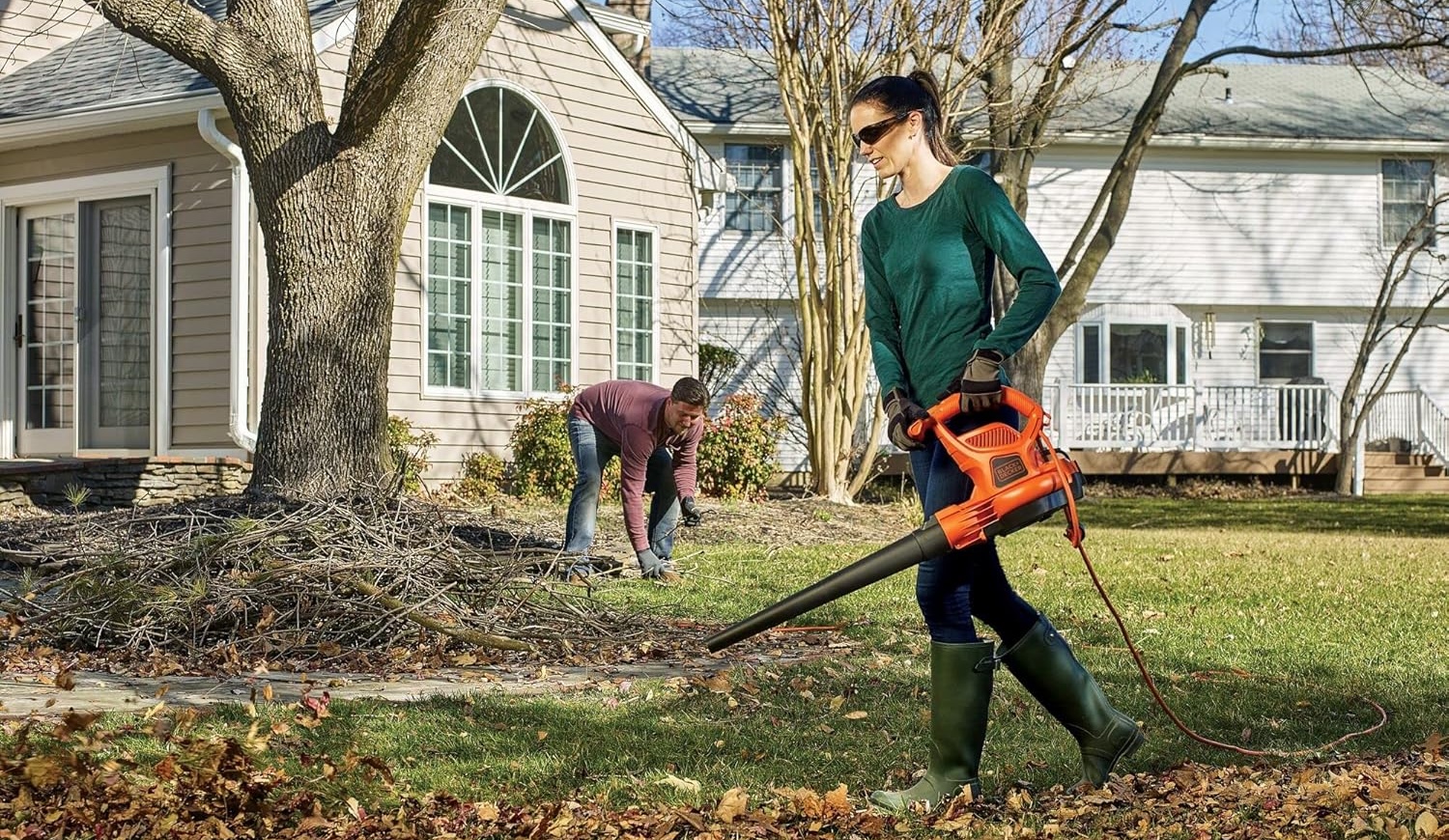
It's getting that time of year again when the leaves start falling from the trees, and the annual task of raking them up from our lawns begins anew. While there's plenty to be said for why you shouldn't rake your leaves, there's often so many that you'll want to get them off your lawn.
From the time I was a kid and my parents handed me a rake and told me to get to work, I've tried a number of different tools to see which made the process easier. Each has its pros and cons, so what works best for one type of lawn may not be the best option for someone else. Here's what I've found from the four tools I've used.
Regardless of which you use, I also recommend picking up a pair of one of the best gardening gloves to save your hands from some wear and tear.
For more gardening tips and tricks, check out our guide on how to rake leaves the easy way, how to use a leaf blower, and five ways to use fallen leaves in your garden.
Rake
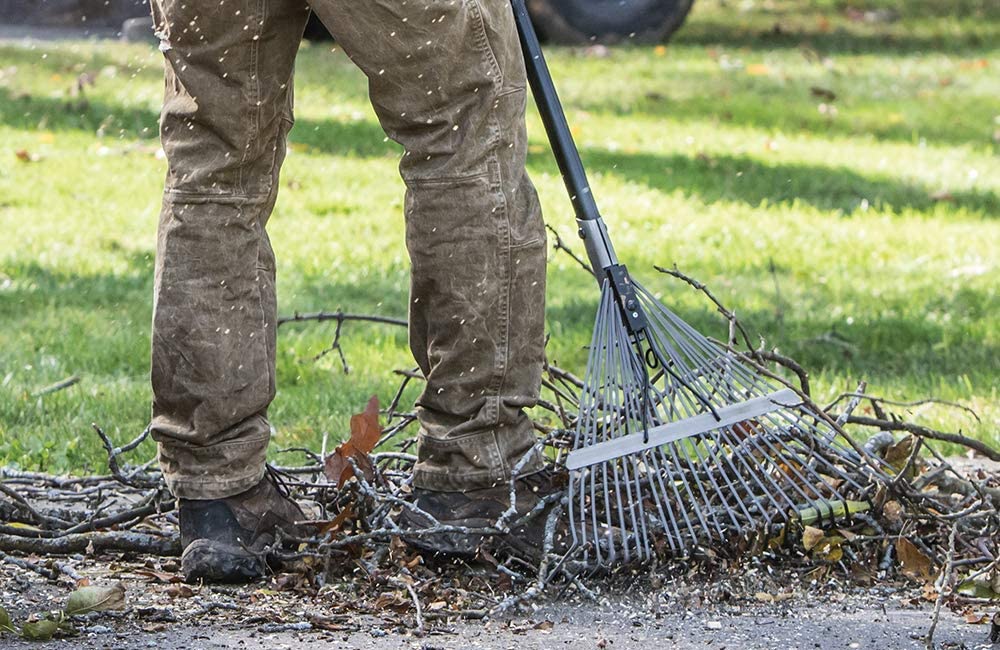
Pros:
Least expensive option
Quietest
Cons:
Takes the longest to clean up
Best for: Smaller yards, detail work
Get instant access to breaking news, the hottest reviews, great deals and helpful tips.
Ah, the humble rake. I've spent countless hours using plastic, metal, and bamboo rakes to gather up leaves into piles before hauling them to the curb to be picked up by our town. There's a meditative quality to raking, and it's also useful if you're dethatching your lawn, but it's a real pain to lug a tarp full of leaves around the yard, especially if you have a large yard.
However, even if you have a leaf blower, there are still places where rakes are handy, such as when leaves have piled up in a corner, or have collected among some of your plants.
If you can't stand the sound of leaf blowers, and don't want to contribute to the noise, a rake is also going to be your quietest — and least expensive — option.
This rake has a 48-inch wooden handle and a 24-inch wide head, standard for most rakes. The head is made of plastic, which helps keep the overall weight down to 1.46 pounds, so you'll be able to use it for a while without fatigue. However, it does not have a cushioned grip, so you'll want to wear a pair of gloves.
Leaf blower/mulcher
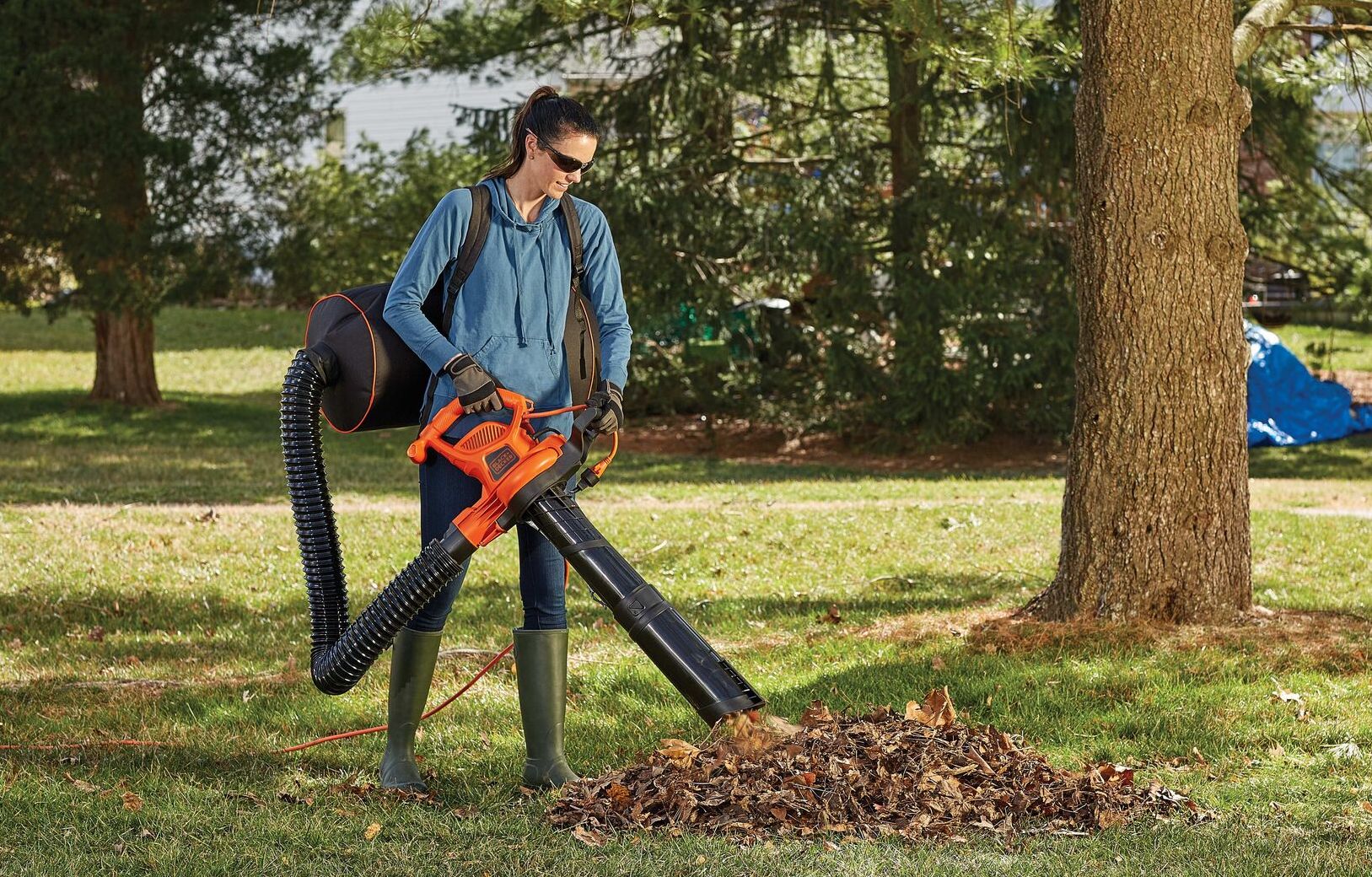
Pros:
Light, yet powerful
Mulches leaves
Cons:
Sticks can get caught
A little fussy to switch from blower to vacuum
Best for: Larger yards
Nothing says autumn like the endless drone of leaf blowers whining away in the suburbs on a Saturday afternoon. If you have a medium-size yard, a leafblower could save you some time over raking. I suggest a battery- or corded model over a gas-powered model, though.
If you do get a leaf blower, I suggest picking up a model that can also be converted to a mulcher, like the Black & Decker leafblower I own, which costs $99 at Amazon. Like Megamaid from Spaceballs, it can go from blow to suck, and grind up leaves and small sticks, which are collected in a bag.
It's great if you have your own compost pile, or if you have to bag up your leaves for the curb. Its mulching capabilities mean that you'll be able to compact a lot more leaves into a single bag.
The only quibbles are that it can be a pain to switch the parts from leaf blowing to vacuuming, and that sticks can sometimes get caught in the tube, blocking the airflow. This electric model also requires you to plug it in, so you'll need an extension cord — though there are battery-powered options available.
This 3-in-1 device can not only blow your leaves, but also mulch and collect them in an attached bag, so they'll take up far less room when you have to drop them off at the curb. This model requires an extension cord, so if you have a larger yard, you'll want to find a battery-powered model.
Lawn sweeper
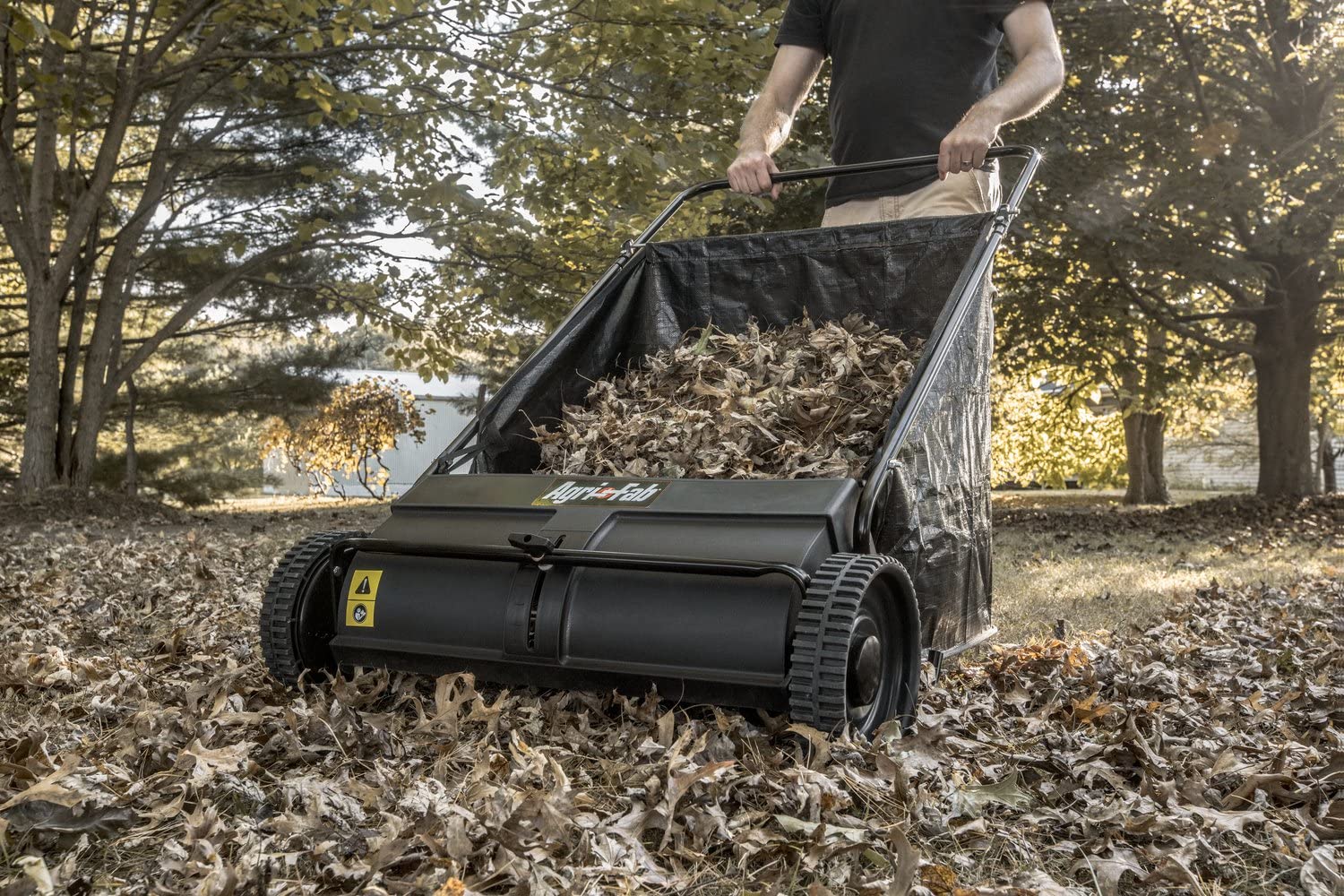
Pros:
As quiet as raking
Picks up leaves easily
Cons:
Doesn't mulch leaves
Best for: Larger yards and those who don't want to make noise
We had one of these when I was a kid, and it was a game-changer — it cut the time to clean up the yard in half. Basically, this device has four sets of plastic bristles that spin as you push the contraption around the yard. The leaves are swept into a large hopper. And, because the person pushing the sweeper provides all the power, it's as quiet as using a rake, so you won't tick off your neighbors.
The only downside is that the leaves aren't mulched, so you'll have to dispose of them yourself. If you're looking for an efficient, human-powered way to pick up leaves, a lawn sweeper may be your best option.
This push-behind lawn sweeper can pick up leaves in 21-inch swaths, and scoop them into a large, removable hopper, so it's easy to dispose of the leaves when it's full. You can also adjust the brushes to the optimal height for leaves, grass clippings, or other yard cuttings.
Lawn vacuum
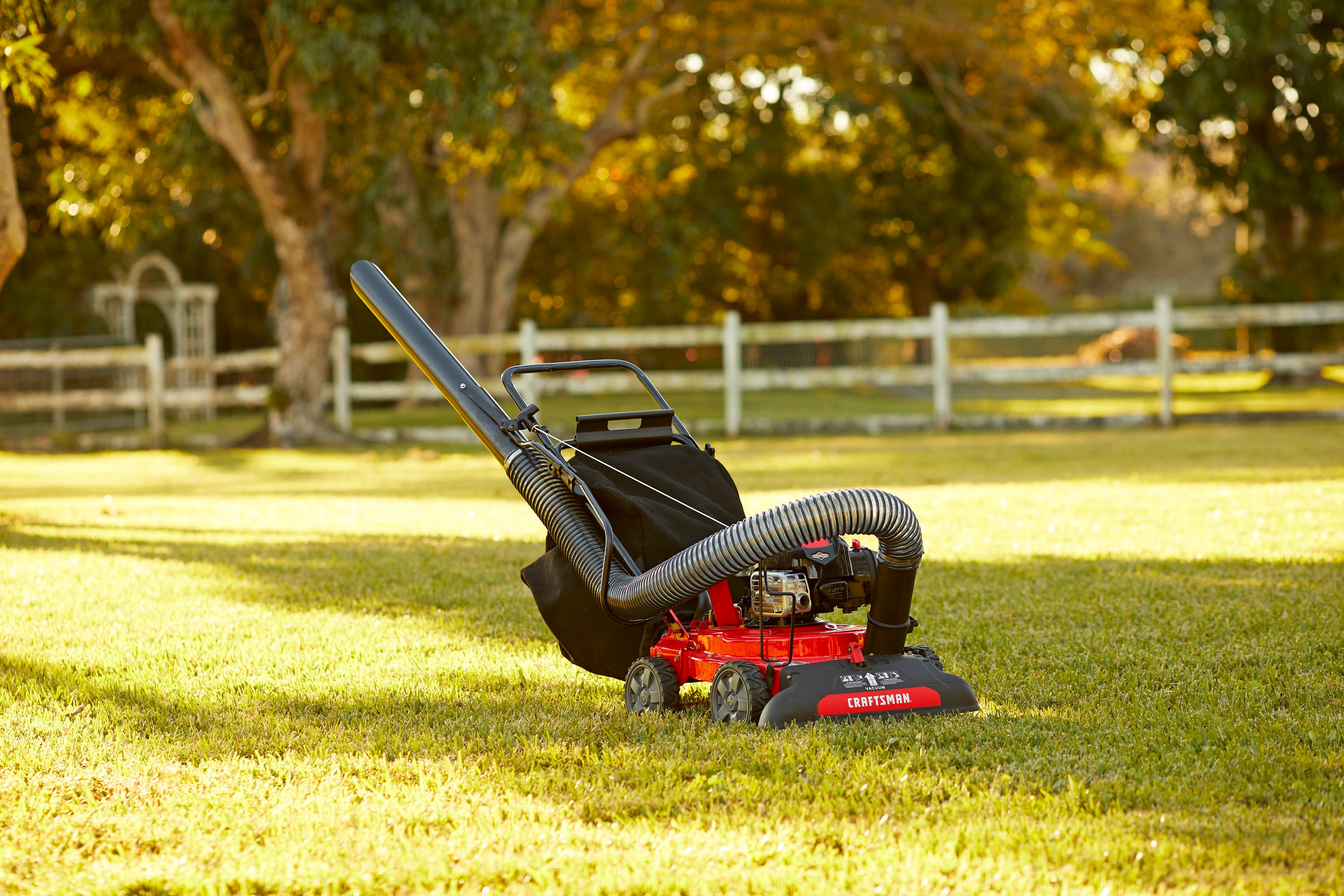
Pros:
Cleans up everything in one go
Also works as a chipper for small branches
Cons:
Loud
Expensive
Best for: Those who want an all-in-one solution and have a larger yard
I was gifted a Craftsman lawn vacuum two years ago by my brother-in-law, and it's made raking leaves an incredibly easy task. Instead of raking leaves into a pile, I simply walk the lawn vacuum across the yard — like a lawn mower — and it sucks up everything in its path, mulching leaves and depositing them in a bag. It's so powerful that it will even pick up acorns, which cover my yard thanks to a huge oak. It also has a slot where you can toss in small branches, which it will chip up.
However, this is a gas-powered device, so it is the loudest of all the methods I've used. And, at $900, it's the most expensive, too. If my generous brother-in-law wasn't getting rid of it, it's doubtful I would have bought one on my own.
The Craftsman Lawn Vacuum sucks up and mulches leaves as you push it across your yard. It also has a 3-foot hose attachment for collecting leaves in hard-to-reach areas, and a small chute for mulching up small branches.

Michael A. Prospero is the U.S. Editor-in-Chief for Tom’s Guide. He oversees all evergreen content and oversees the Homes, Smart Home, and Fitness/Wearables categories for the site. In his spare time, he also tests out the latest drones, electric scooters, and smart home gadgets, such as video doorbells. Before his tenure at Tom's Guide, he was the Reviews Editor for Laptop Magazine, a reporter at Fast Company, the Times of Trenton, and, many eons back, an intern at George magazine. He received his undergraduate degree from Boston College, where he worked on the campus newspaper The Heights, and then attended the Columbia University school of Journalism. When he’s not testing out the latest running watch, electric scooter, or skiing or training for a marathon, he’s probably using the latest sous vide machine, smoker, or pizza oven, to the delight — or chagrin — of his family.
You must confirm your public display name before commenting
Please logout and then login again, you will then be prompted to enter your display name.
